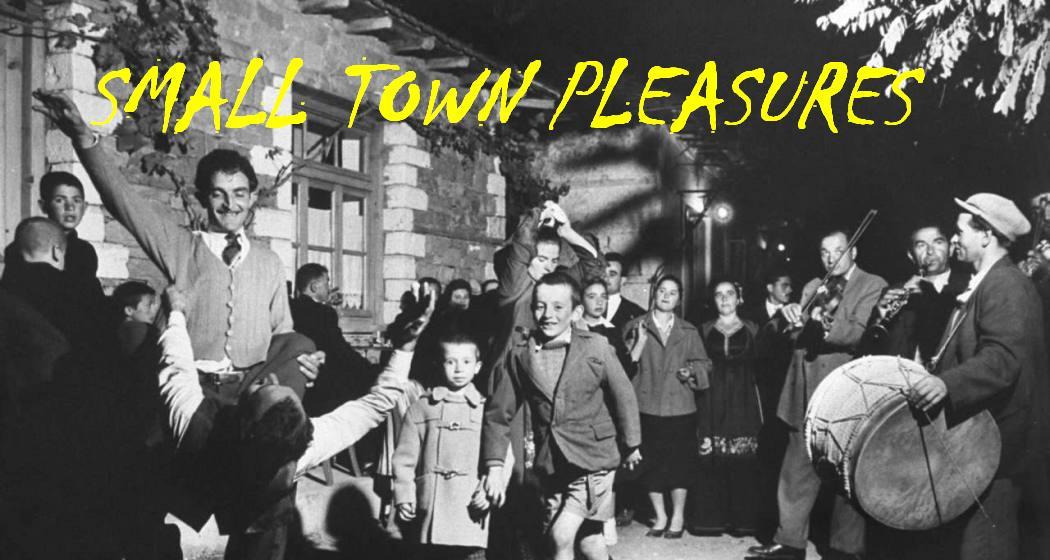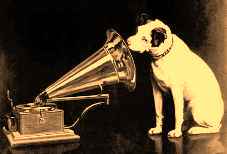


REQUEST No 3
Although it was optimistically titled Volume One, this would turn out to be the sole album by this obscure, odd, Edinburgh early heavy rock trio. The tracks are dominated by the Jimi Hendrix/Cream-influenced guitar of Gillies Buchan, which leans heavily on devious wah-wah effects. Indebted to blues-rock and early heavy metal, but not quite in either bag, the sound is somewhat skeletal even as power trios go. The ethos of the hippie era are evident even in the song titles alone: "Appearance Is Everything, Style Is a Way of Living," "Brush with the Midnight Butterfly," "Reality Presented as an Alterative," and "Naked Breakfast."
......................
This was a short-lived heavy power trio whose album is now quite rare by some collectors. They had earlier been known as Skin. Tracks like Mystic Man, Brush With The Midnight Butterfly and Reality Presented As An Alternative typify the heavy psych genre, but the two outstanding tracks are slow and in the classic psychedelic mould; Appearance Is Everything Style Is A Way Of Living, which brings to mind US Boston band Beacon Street Union and has fine Eastern - influenced guitar work and the more acoustic than electric Maybe Someday, which had a good hypnotic melody and a certain Eastern feeling.
......................
Sought after, and absolutely excellent heavy UK psychedelic album from 1970, alternately hypnotic and hard-driving, with intense guitar workouts in a classic psych mould; much high-caliber Eastern-influenced guitar work and cracking drums?highly recommended, although those of you who know this album will need no encouragement, historical buffs note that David McNiven from Bread, Love and Dreams contributed the few lyrics (strange as they are) on this mostly instrumental album...
Here




































.jpg)

